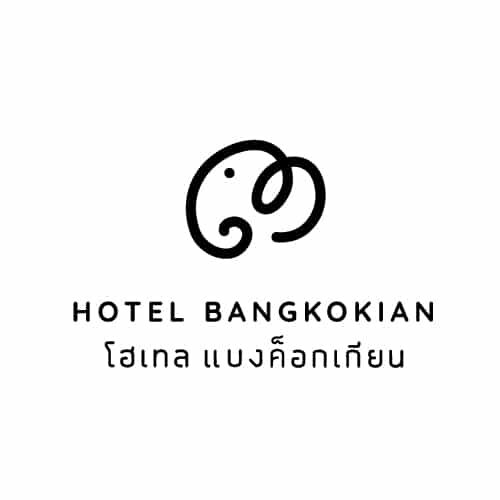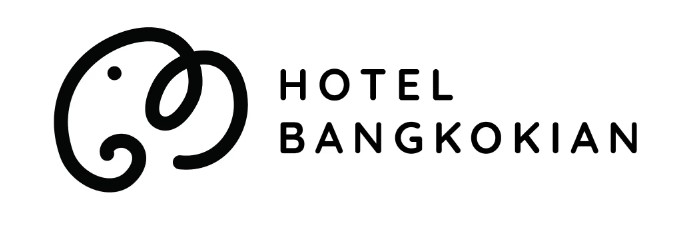The Architecture of Victory Monument A National Symbol in the Heart of Bangkok
For many, Victory Monument is just a familiar traffic circle or a BTS station bustling with commuters. But behind its sharp silhouette and urban surroundings lies a fascinating story of architecture, nationalism, and symbolism that defines a key chapter of modern Thai history.
In this article, we’ll explore the architecture of Victory Monument, from its conceptual origins and stylistic choices to its deeper political and national meanings. Built during a critical wartime era, this structure represents more than design—it represents memory, sacrifice, and sovereignty.
The Origin of the Monument’s Design
After the Franco-Thai War ended in 1941, Field Marshal Plaek Phibunsongkhram’s government sought to create a powerful symbol to commemorate Thailand’s military and civilian sacrifices.
This vision aligned with a wave of modern Thai nationalism, emphasizing centralization, patriotism, and the use of public architecture as ideological tools.
Victory Monument was never meant to be merely a memorial—it was designed to reflect the vision of a strong, united Thai state.
The Architect and Influences
The monument was designed by M.L. Pum Malakul, a leading Thai architect of his time. Drawing inspiration from Modernist styles with classical Western influence, his vision integrated Thai symbolism into a global architectural language.
The monument’s centerpiece its tall obelisk is a universal symbol of victory. But its contextual placement, materials, and surrounding sculptures give it uniquely Thai identity.
Key Architectural Elements of Victory Monument
1. The Obelisk
- Height: Approximately 50 meters
- Material: Granite stone
- Form: Sharp-pointed, reaching toward the sky
The obelisk symbolizes strength, victory, and the collective spirit of the Thai nation.
2. The Five Bronze Statues
Surrounding the base are five heroic bronze figures, each representing a different pillar of Thai defense:
- Army
- Navy
- Air Force
- Police
- Civilian volunteers
Each figure is sculpted with realism and dignity, reflecting courage and sacrifice.
3. The Bone Repository
Beneath the structure lies a vault containing the actual remains of over 700 individuals who perished during the Franco-Thai War. Their names are inscribed nearby, transforming the monument into a sacred site of remembrance.
Symbolism in Architecture
Victory Monument is not just aesthetic—it’s symbolic at every level:
- The upward obelisk signifies aspiration and triumph
- The five-pointed star layout of the traffic circle represents energy radiating from the center
- The fusion of Western and Thai styles illustrates cultural openness with national pride
This is architectural nationalism in action—using form and structure to communicate power, unity, and memory.
Urban Context and Connectivity
The monument stands at the intersection of five major roads:
- Phahon Yothin Road
- Ratchawithi Road
- Phaya Thai Road
- Rangnam Road
- Din Daeng Road
Its strategic placement has made it a 24-hour transport hub and a central point for social, political, and urban life in Bangkok.
Where Past and Present Meet – Stay Nearby
To fully appreciate the architecture of Victory Monument, we recommend staying at Hotel Bangkokian, a boutique design hotel located just 400 meters from the monument.
Enjoy a short walk from your hotel to one of Bangkok’s most historic and symbolic landmarks—where architecture speaks louder than words.
Conclusion: A Structure That Speaks Through Time
The architecture of Victory Monument is a convergence of art, ideology, and remembrance.
It stands not just as a stone in the city, but as a statement of national pride, unity, and the lasting legacy of those who gave their lives.
In a rapidly changing metropolis, Victory Monument remains a steadfast voice in the conversation between the past and the present.

